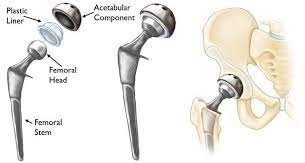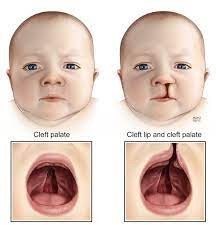A patient is being discharged 4 days after hip arthroplasty using the posterior approach. Which patient action requires intervention by the nurse?
The patient uses crutches with a swing-to gait.
The patient sits straight up on the edge of the bed.
the patient bends over the sink while brushing teeth.
The patient leans forward to pull on shoes and socks
The Correct Answer is C
The patient bending over the sink while brushing teeth requires intervention by the nurse. After hip arthroplasty using the posterior approach, the patient should avoid bending at the hip greater than 90 degrees to prevent dislocation of the prosthesis. The nurse should instruct the patient to bend at the knees instead of the hips while brushing teeth or doing any other activity that requires bending. The other actions mentioned in the options are appropriate for a patient after hip arthroplasty.

Nursing Test Bank
Naxlex Comprehensive Predictor Exams
Related Questions
Correct Answer is C
Explanation
Suctioning secretions away from the suture line helps maintain the surgical site's cleanliness and promotes healing. It helps prevent accumulation of mucus or oral secretions that can interfere with the healing process and increase the risk of infection. The nurse should use a gentle suctioning technique to avoid disrupting the surgical site.
Applying Neosporin to the surgical site is not typically recommended unless specifically prescribed by the healthcare provider. It is important to follow the provider's instructions regarding wound care.
Applying elbow immobilizers when not being held is not necessary for cleft lip surgery. Elbow immobilizers are usually used in other surgical procedures or for other reasons, such as preventing contractures.
Feeding increased amounts of formula to prevent weight loss is not an appropriate intervention for the first few days after cleft lip surgery. The surgical site may be sensitive, and the child may experience difficulty with feeding initially. The nurse should provide guidance and support for feeding techniques appropriate for the child, which may include using specialized bottles or positioning techniques.

Correct Answer is B
Explanation
Acute adrenal insufficiency, also known as adrenal crisis, is characterized by low levels of adrenal hormones, particularly cortisol. One of the primary manifestations of adrenal insufficiency is electrolyte imbalance, specifically hyponatremia (low sodium) and hyperkalemia (high potassium). Inadequate cortisol levels can lead to impaired sodium reabsorption in the kidneys, resulting in sodium loss and low serum sodium levels.
When the patient receives appropriate therapies for acute adrenal insufficiency, such as administration of glucocorticoids (e.g., hydrocortisone), the cortisol levels begin to normalize. As a result, the impaired sodium reabsorption improves, leading to an increase in serum sodium levels.
Whether you are a student looking to ace your exams or a practicing nurse seeking to enhance your expertise , our nursing education contents will empower you with the confidence and competence to make a difference in the lives of patients and become a respected leader in the healthcare field.
Visit Naxlex, invest in your future and unlock endless possibilities with our unparalleled nursing education contents today
Report Wrong Answer on the Current Question
Do you disagree with the answer? If yes, what is your expected answer? Explain.
Kindly be descriptive with the issue you are facing.
